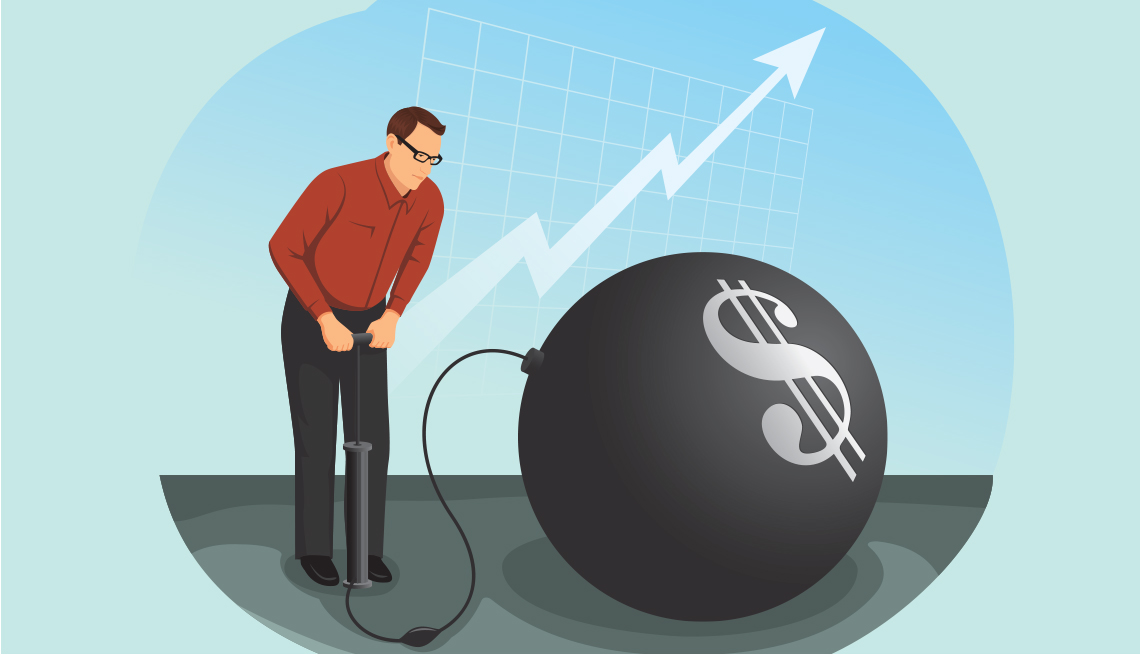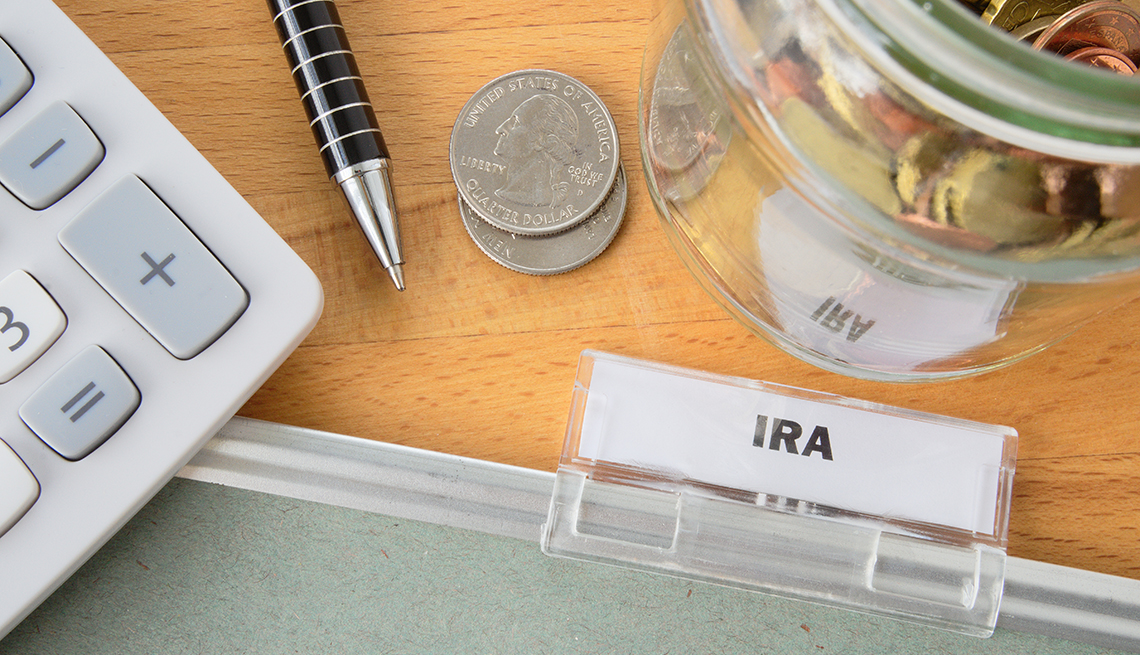AARP Hearing Center


Even if you love your job, there are times when you’d rather be alphabetizing the spice shelf than riding a packed train alongside hundreds of sniffling fellow commuters. And as you sway in the car next to a man who has biked four hours to the station, you might be thinking about early retirement.
Unfortunately, early retirement isn’t for everyone. In fact, it isn’t for most people. Just 13 percent of today’s workers plan to retire before age 60, according to an Employee Benefit Research Institute (EBRI) survey. For many of those who do take the plunge, the reality of early retirement can turn out to be far different than the fantasy. Here are a few things to consider before you decide to retire early.
1. Health care is expensive
Medicare, the federal program that provides health coverage for more than 65 million older Americans, doesn’t start until age 65. Until then, you’ll need an alternative — and it won’t come cheap.
“Private health insurance before Medicare kicks in costs an arm and a leg,” says Brian Schmehil, director of wealth management for the Mather Group in Chicago. Current law says your insurance costs can’t be more than 8.5 percent of your household income. For a single person with an income of $54,360, for example, a mid-level silver plan would be $385 a month, or $4,620 per year.
2. Tapping your nest egg early can be costly
If you retire before 59 ½, you’ll usually pay a 10 percent early withdrawal penalty from most tax-deferred accounts, such as traditional IRAs and 401(k) plans. “There are some options for getting IRA money before 59 1/2, but it’s tricky and can cause major penalties if done incorrectly,” says Matt Stephens, founder of AdvicePoint in Wilmington, North Carolina.
And unless you have a Roth IRA, which is funded with after-tax contributions, you’ll owe income taxes on the amount you withdraw from traditional accounts funded with pretax contributions. If, for example, you withdraw $20,000 from an IRA before age 59 1/2 and are in the 15 percent federal tax bracket, you’ll pay $5,000 in taxes and penalties, leaving you with $15,000.
3. You sacrifice the power of compounding interest
Time is your friend when you are saving for retirement, but not when you are spending. If you sock away $250 a month — $3,000 a year — from age 25 to age 55, you’ll have about $237,000 when you retire, assuming you make no withdrawals and earn an average of 6 percent annually on your investments. Seemingly not a bad return on your $90,000 in contributions.
But let’s say you work 10 more years and retire at 65. In that scenario, you’ll have about $464,000, nearly double. Why? The extra decade’s worth of contributions helps, but that only adds up to $30,000. The real growth comes from another 10 years’ worth of interest earned not only on all the principal you contributed but also the interest earned on the interest that has compounded for four decades.























































































More From AARP
Can You Pass the Retirement Fluency Test?
U.S. adults score low on financial literacy quizMoney Missteps Older Adults Often Regret
Avoid these six mistakes to save moneyHow to Protect What You Collect
Tips for caring for your collectibles, including proper organization, accurately assessing the value and more
Why Americans Are So Pessimistic About Retirement
Inflation, state of Social Security among fear factorsRecommended for You